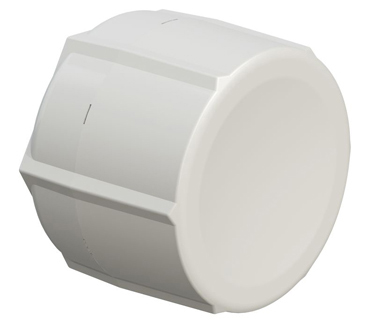
above 2.4GHz), it's impractical to build low-frequency cells for higher MIMO rank due to physical size of cell tower antennae.Warning: In RouterOS v7 ignore-direct-modem parameter is moved under /system routerboard modem menu 4x4, comes in higher Cat terminals) rises the max throughput again, but that is mostly limited to high-frequency bands (i.e. Higher categories of terminals (given support from network) rises max throughput to 200Mbps per 20MHz bandwidth (due to use of 256QAM modulation), but that only works in ideal radio conditions. With signal further dropping towards -110dBm realistic throughput drops again, this time the relation may not be linear, depending on cell Tx power (if Tx power is high, then downlink might still work, but uplink becomes problem), also interference becomes more of an issue.

terminal receiving said cell at -90dBm will be able to pull something like 25Mbps give or take). Obtainable throughput almost linearly drops with RSRP between -70dBm and -90dBm from 100% to something like 30% (e.g. Max cell throughput for CAT6 terminal (modem) can be calculated as follows:Ĭode: Select all throughput = 150Mbps / 20MHz * frequency bandwidthĮ.g.: cell operating on B2 with 10MHz bandwidth will be able to offer max 75Mbps. If you get comparable RSRP from two directions, choose direction with better RSRQ. When mounting SXT, try turning antenna around to get highest RSRP with decently high RSRQ (RSRQ is in reality upwards limited to something like -2dB, anything higher than -5dB is good, higher than -8dB or something is decent). Using directional antenna and adjusting azimuth helps with that. However, when signal drops below some decent threshold (say around -95dBm give or take), interference can become a big issue. As long as RSRP is good, the effect of interference is not too big. Throughput is always affected by interference (it mostly comes from adjacent towers, operating at the same frequency). The idea is to have LOS between SXT and cell tower antenna. Placing client device antenna on high mast helps a lot of course. Performance drops if there are obstacles blocking considerable part of Fresnel zone and plummets if more than half of Fresnel zone is blocked (i.e.

with 60° HBW antenna signal measured in direction say 40° from antenna direction can be 20dB lower than in main direction). However this much depends on cell tower antenna placement (azimuth, tilt), usually these are high-gain antennae which means that signal out of main direction drops quite much (e.g. Low frequency bands (such as B2) without any obstacles in Fresnel Zone will reach much farther than 8mi. If I assume some cell load (say 5 users active at the same time, all in mediocre to bad radio conditions - allowing something like 100Mbps of realistic cell capacity) I'd say what you get is decent. Specially if radio conditions are not good (and secondary channels usually have worse radio signal than primar one). because there are many users close to cell tower and they use lots of resources in that cell), then they easily don't contribute much. if the secondary bands (in your case B12) are highly utilized (e.g. (Perfect radio conditions would be RSRP greater than -70dBm and RSRQ greater than say -5dB).įourth: CA does not guarantee higher throughput. But that's in perfect radio conditions which you're not. Third: cell capacity is not great: 25MHz bandwidth (both bands combined) with CAT6 modem means up to 175Mbps for all active client devices combined. Gain in B2 (1900MHz) is a tad better, but that frequency suffers from higher free-air loss so net effect is probably the same.

Next: B12 is 700MHz and at this frequency SXT as antenna has quite bad gain (negative).

First of all, signal strength (RSRP=-98) is not great.


 0 kommentar(er)
0 kommentar(er)
